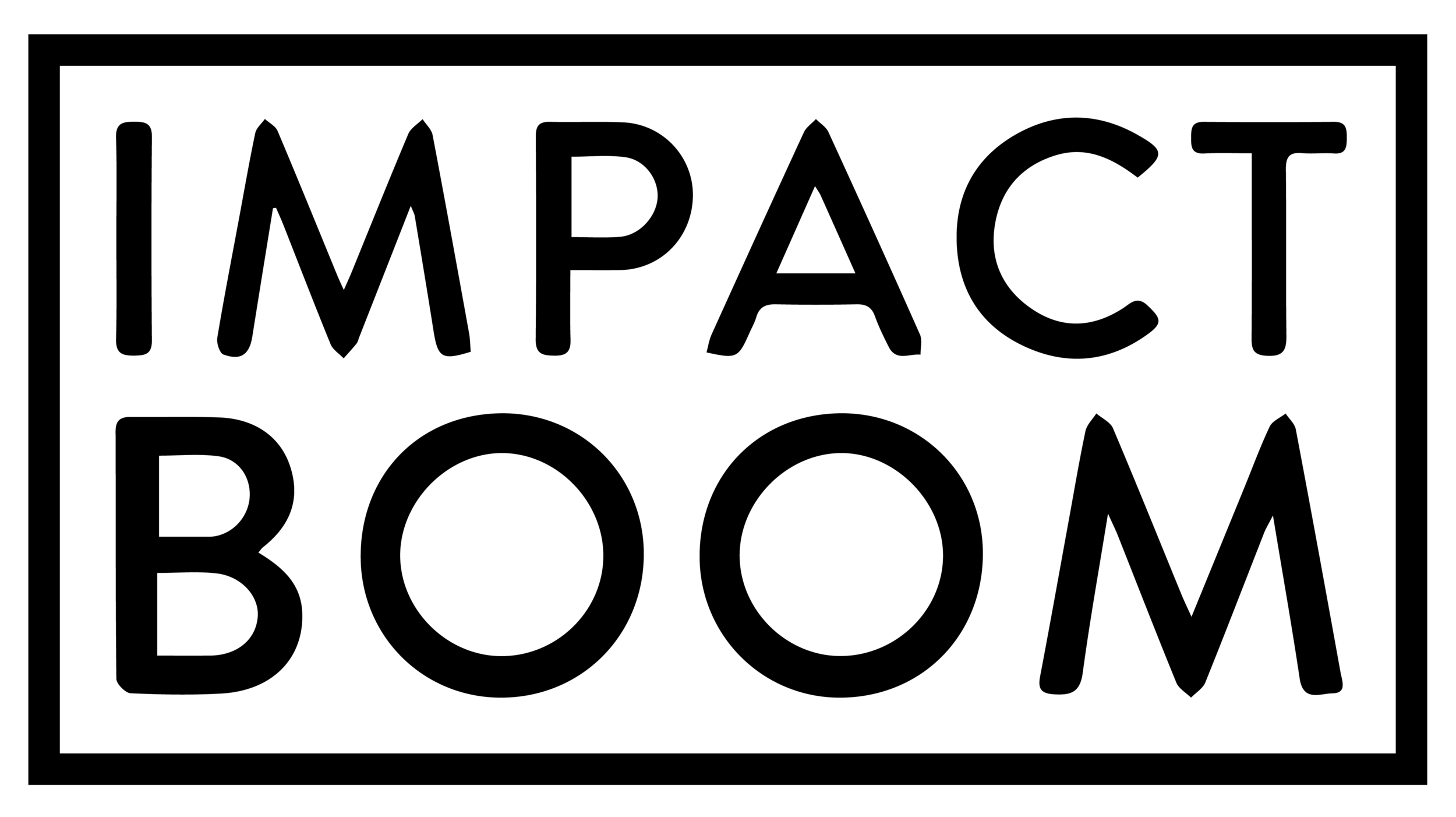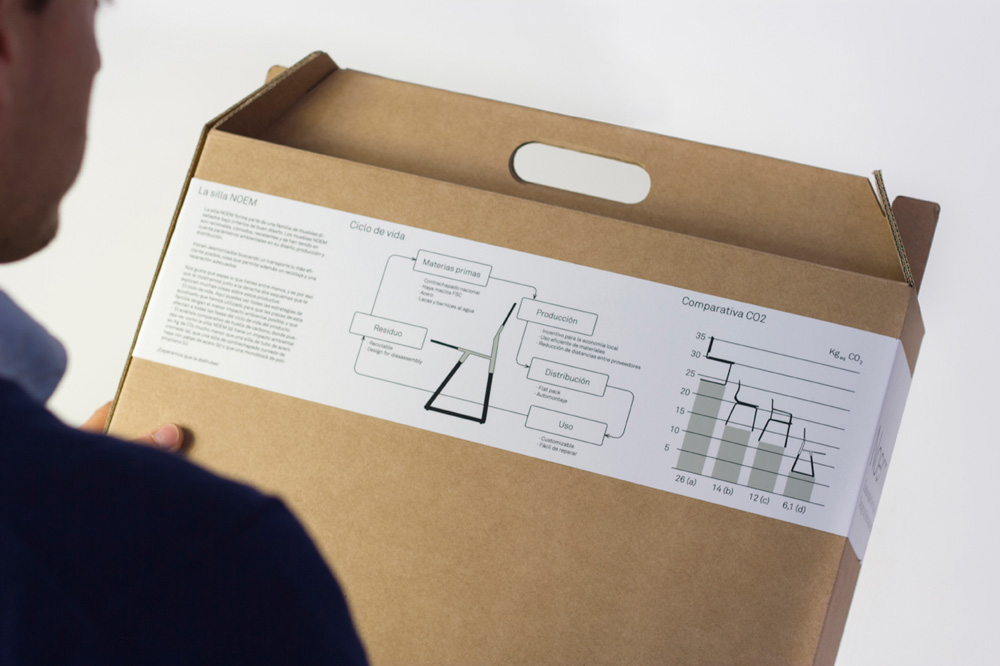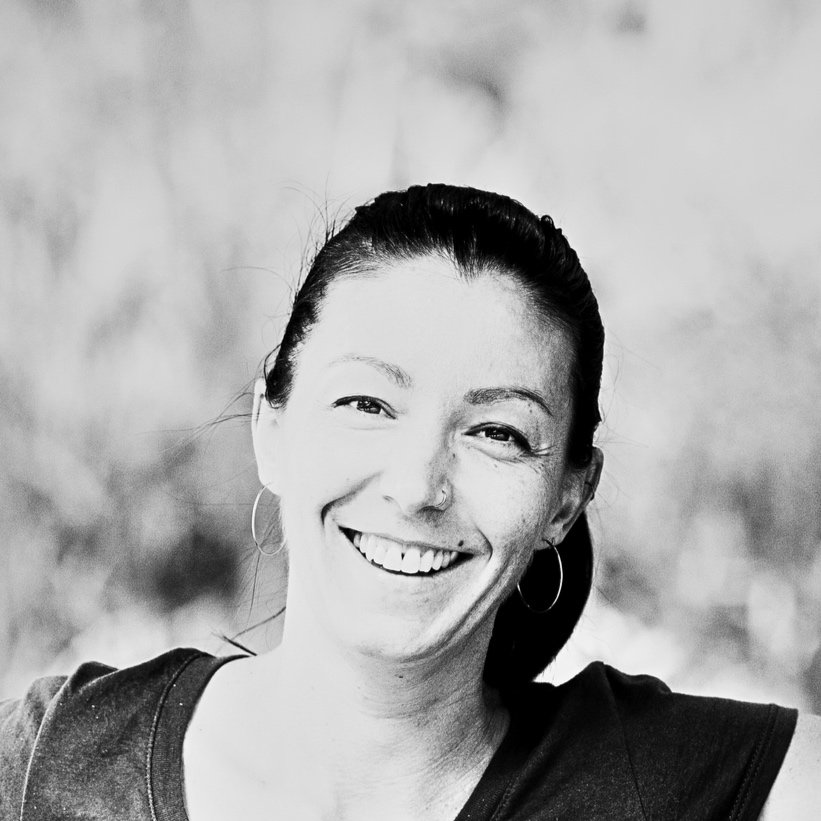Àlex Jiménez Higueras On Sustainable Product Design & Positive Social Impact
Àlex Jiménez Higueras is Co-Founder and Designer at Nutcreatives. Since 2008, Nutcreatives have been trying to create a better world by designing better things.
Nutcreatives state that objects belong to systems, so questions such as sustainability, ecological transparency, social issues and local economic development are at the core of the design team’s vision. As an integrated product design and eco-innovation agency their mission is to solve problems by taking into account functionality, aesthetics, quality, and environmental, social and economic impact in order to reach good design proposals.
Àlex teaches product design and gives lectures in different design schools in Spain. Àlex is also on the board of ADI-FAD, which promotes product design in social, cultural, institutional and business fields.
Àlex discusses some of the challenges and opportunities for sustainable product design to address a range of global issues as well as giving insights into design education and the creation of positive impact.
Highlights from the interview (listen to full details on the podcast)
[Tom Allen] - Could you please share a bit about your background in design and what led you to the creation of NutCreatives? [2:20]
[Àlex Jiménez Higueras] - I am a Design Engineer. I studied engineering before I studied design, so I have both the technical and creative sides which I try to combine.
NutCreatives started with Jon Marin, who is a Biologist who contacted me to participate in design contests. We believe a lot in multi-disciplinary teams. Working with him in different contests, I saw that our profiles were very complimentary. The combination of both was better than both apart.
What is it that drives you to work as a Product Designer? [3:56]
I have always been interested in 'stuff'. I was the typical kid who was always playing with lego, looking at cars, motorbikes and objects I had around me. Disassembling things, assembling them and breaking them sometimes. For me it was natural to choose product design and my family saw that I was really interested in that area.
Which projects have you been involved in that you’re most proud of and which ones do you believe have been most successful in creating positive social or environmental change? [4:39]
The projects that I am more proud of are possibly the ones that have been less successful in the market. For example, Relaja, our furniture system which is produced with recycled marble. It's an interesting project as it has social production behind it, giving jobs to young people who are learning how to work with wood and metal. It also uses recycled marble which is diverted from landfill and is both produced and installed locally. We are really proud of this project as it solves the social, environmental and functional aspects of the product. But the market didn't understand it as well, so we only implemented it in a small scale in 'El Prat' near Barcelona. Our projects we are most proud of like Relaja and Noem (our furniture family) are the ones which have had a more complicated approach to market. It's very important to work social and environmental aspects. Any project that has a good impact on society and the environment and of course in terms of functionality and aesthetics is a good project for us.
Relaja bench made with recycled marble.
What do you believe are the fundamental ingredients of a product design for it to be classified as sustainable? [6:38]
We don't really like the 'sustainable' word because the real meaning of it has been lost.
We tend not to use the word although sometimes we have to. At the end, the meaning is clear. It means something can be produced without causing bad impact or even that it improves the situation of the environment, society and of course the economy; without the economic part it won't be sustainable. But in the end, 99.9% of the time this word is used in things which aren't sustainable in any of these three ways (maybe just in the economic way). You can hear about a product that has a recycled material or has good environmental impact but is produced in conditions which are not fair for the suppliers. For us it is as important, if not more, the way a product is produced rather than the materials that it is produced with. For us sustainability is our main goal, but we think we never reach it; but we have to continue pushing to reach it 100%.
What are the typical challenges you come up against when creating these types of products or using recycled materials? [8:51]
The main challenge is that maybe the market is not prepared yet - at least not 100% prepared. Our clients, society and customers are not necessarily aware of the criteria they need to use to choose (to buy a product, design or project). I think this is a big challenge for us because you can make the perfect project (in our humble opinion 'Relaja' is a really good project that tackles the three key areas of sustainability), but if the market doesn't understand it, as a project it is useless.
We have to communicate. Every designer that works under this criteria has to communicate as well as design.
Great communication to make the project understandable and appealing for the client and customer is 100% necessary... it's basic. As designers, we have to communicate much better.
Every day we have new materials and new ways of working. The system and our environment is changing very fast, so we also have to be very fast and clear in how we explain what we do. If not our ideas are not going to be applied.
How have you seen the design industry change in Spain since the beginning of the global financial crisis in 2007-08 and what do you believe designers can do to tackle some of the social issues facing Spain such as unemployment? [10:30]
The crisis has changed almost everything. Every sector has changed completely, including design. With the crisis people stopped buying. This is not necessarily bad. People now choose better before buying something, than 10 years ago when it was more of an impulse to buy something. It has forced the closure of many companies and changed the situation completely. They say that Barcelona is the city with the most design schools in the world; I don't know if this is true but we have 10-12 schools. There are about 1000 young designers every year looking for work and now you see small projects which designers are doing by themselves.
Self-production is a big trend (all over the world.)
It's interesting to see projects that don't necessarily need a big client or investment but are doing very interesting things on a small scale.
Construction of the Relaja Bench by students gaining experience.
Are there any specific local issues or problems that you believe could be improved with the application of product design? [12:29]
For sure. As a product designer, of course my answer is going to be positive, but I think that product design is one of the professions with the most potential to solve the situation. Catalonia is one of the regions of Europe with strong industry. We have tools to do interesting things but this industry isn't being very innovative (we do have interesting cases!). The average Catalan company is not innovative. Young designers have to go to these companies to explain the benefits of good product design, because the benefits are not only nice products, but they are related to efficiency in terms of materials, distribution and how the market is going to respond to the product.
We have roughly 50% youth unemployment and industry can create good quality jobs, and they will create these jobs if they apply good product design. We have strong potential but have to continue working hard.
In your approach to design education, what do you believe educators can be doing in the classroom to foster a community of responsible designers who clearly understand the consequences of their actions? [14:13]
As a teacher, my objective is to create people that are critical. The other day I read an interview with a school teacher which said that the goal of education is to create good people instead of good professionals. In some ways I agree.
You have to create people who are aware of the real impact of what they are doing.
Designers in general tend to discuss the aesthetics of products but sometimes they don't know that they can do some amazing strategic work (in terms of price, materials, production, supply etc).
Students have to understand that every line they draw on a piece of paper has impact and this impact can be good or bad. They have to be aware that their job is much bigger than defining the aesthetics or functionality of a product.
There are some great examples of companies that are designing in a strategic way that having much bigger impact.
The Noem chair packaging.
Have you come across any inspiring projects or social innovation initiatives in Spain recently which you believe are creating positive social change? [16:26]
We have some interesting examples. The city is doing some great things. It's interesting how Barcelona wants to change in terms of the 'Superblocks' (in reference to recent urban design plans). It will generate a lot of possibilities in terms of design, architecture, how we move around etc. I think this will bring interesting possibilities and I'm paying attention to it.
The design association last year created a festival/event which gave food to 900 people from food which was going to be wasted. It's interesting to see how design can be applied beyond products and to things like events. How can you design an event and make it as sustainable as possible with small and cheap resources to provoke change? [He explains more about the event.] Food waste is another problem we have in the world. 33% of our food gets wasted. We have a lot of opportunities, design packaging for example, improving the distribution system... We have an environmental problem here and the solution can come from design. [Àlex explains further.]
We need systemic change and this is where design can play a principal role.
To finish off, could you please share 3 great design or social innovation books that you would recommend to our listeners? [19:41]
[Àlex discusses the books listed below and particularly how they help people understand that they are designing systems and not stand alone products.]
The Noem chair by NutCreatives.
Initiatives, people and resources mentioned on the podcast
Recommended books
- How To Thrive In The Next Economy by John Thackara
- Henry Petroski









